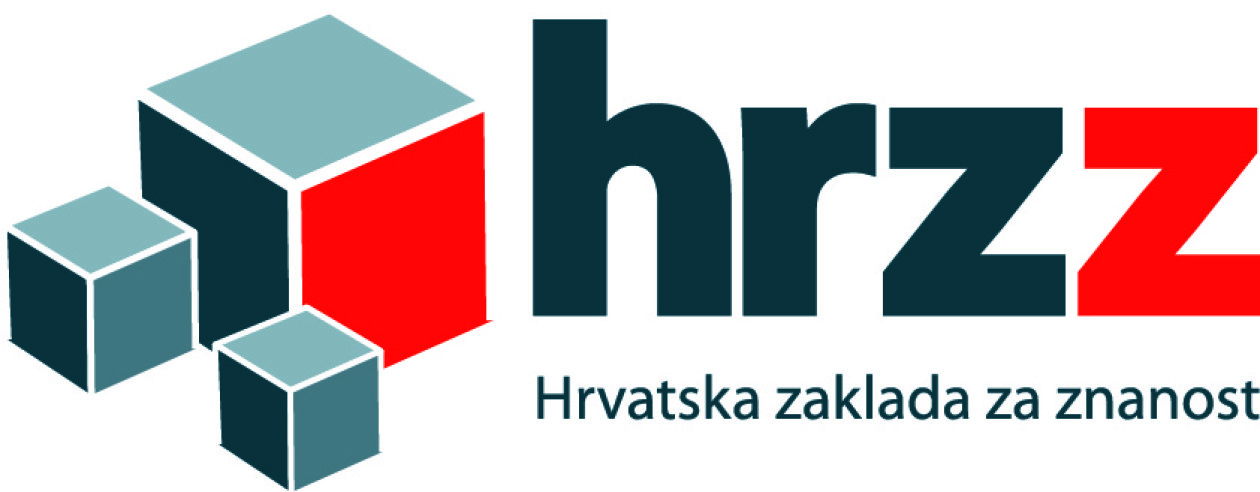Project duration: 1 July 2015 – 30 June 2018
The first known organized groups of people originating from historic Croatian lands sharing a common language and Catholic faith are mentioned in Italy from the 15th century. They congregated in the “Schiavoni/Illyrian” confraternities in Rome, Venice, Recanati, Fano, Loreto and Udine, while institutionalized assistance for students of the same origin attending Italian universities during the Early Modern period was provided by the “national” colleges in Bologna, Loreto, Fermo and by a short-lived one in San Giovanni Rotondo, Gargano.
The architecture of buildings used by these institutions, as well as paintings and sculpture and other works of art commissioned by their members, played an important role in the construction of the cultural identity of these immigrant communities, unable to identify themselves with a particular centre or a political subject on the map of Early Modern Europe.
The aim of the project is to investigate the construction of intrinsic cultural identities that found their expression in the art and architecture of Schiavoni/Illyrian institutions from 15th to 18th centuries, through the exploration of historical narratives articulated in terms of visual arts. These art-historical phenomena are to be regarded in comparative perspective as well as in context of similar expressions found in “national” institutions of other foreign communities in Italy.
The project is financed by the Croatian Science Foundation (Hrvatska zaklada za znanost).
